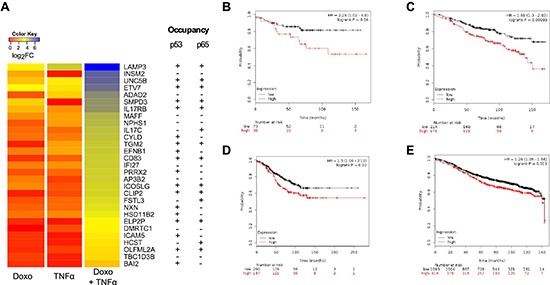Figure 5. Prognostic significance of a 29-gene list of synergistic Doxo+TNF⍺ DEGs.

(A) Top list of 29 genes (DT-29) exhibiting minimal responsiveness to Doxo or TNF⍺ as single agents, but strong synergy upon combined treatment. A heat map view of the gene expression results is presented (see Materials Methods for statistical filters). Occupancy of both for p65 and p53 in the vicinity of the transcription start sites of these genes has been summarized from ChIP-seq data available in the literature. (B-E) Kaplan-Meier plots stratifying a breast cancer patient cohort based on the relative expression of the DT-29 gene list and relapse free survival. Graphs were generated with the KM-plotter tool (ref). Patients' numbers are listed below the graph. Hazardous Ratio and the statistical analysis is reported for selected patients subgroups: (B) luminal A patients who underwent chemotherapy treatment (n = 111); (C) luminal A patients with a Grade 2 cancer at diagnosis (n = 385); (D) luminal A patients with lymph node infiltration at diagnosis (n = 447) and (E) the entire cohort of luminal A patients (n = 1509). Patients with a diagnosis of Luminal A breast cancer subtype were selected as the p53 status is not available in KM plotter, but this subgroup of breast cancer is expected to be strongly enriched for cases retaining wild type p53 protein.
